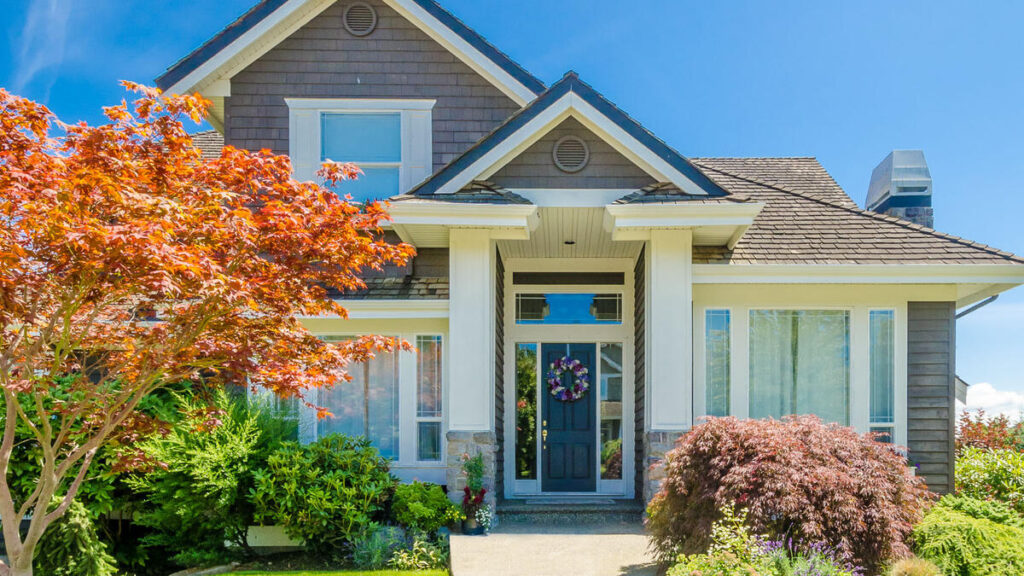
Will home prices go up or down? Will mortgage interest rates rise or fall? Will there be a recession? Will there be enough homes to buy? While the housing market adjusts to market realities, the questions remain the same.
Macro and micro economics drive homebuying, such as inflation, borrowing costs, supply and demand, housing availability and local jobs, which is why housing markets are highly individual. Nationally aggregated statistics on housing sales such as home prices and mortgage interest rates only indicate trends, and even those may or may not apply to your local market conditions. So, what do the trends indicate?
Inflation and the Federal Reserve
Inflation appears to be ticking upward again, prompting the Federal Reserve to announce that borrowing rates to banks will continue to rise. Banks respond by raising their borrowing rates to consumers and businesses, resulting in higher mortgage interest rates as well as rates for credit cards and other loans. To reach the Fed’s target rate of two percent inflation, several things need to happen, for consumers to spend less, housing prices to decline and unemployment to increase. Rates are currently the highest they’ve been in over 20 years.
Borrowing rates vary according to two things: Federal Reserve overnight borrowing rates to banks based on local market conditions and the risk of foreclosures in a given area. If inflation continues to rise, the Fed has suggested it may hike rates again in September.
Mortgage interest rates
Over 40% of U.S. mortgages originated in 2020 and 2021, when mortgage rates were at record lows, which explains why homeowners are reluctant to sell their homes and take out new loans at twice the interest rate – over 7%.
To illustrate the difference, a home costing $450,000 with 20% down and at 3% in 2021 cost about $1,518 per month in principal and interest alone. In 2023, the same home with 20% down and at 6.8% would cost you $2,347 per month – an increase of $829 in just two years. If you carry the loan to its term – 30 years – you’ll pay a total of $546K at 3% including principal and interest, and $844K at 6.8%.
What many consumers may not realize is that published rates on mortgage rates are idealized as if the borrower has the best credit scores, a 20% down payment, and a solid work history. In reality, mortgage interest rates depend on many factors including debt-to-income ratio, the home you’re buying, your local market conditions, the terms of your loan, your lender’s underwriting practices, and more.
Supply and demand
The continuing shortage of homes for sale has multiple causes, but the most obvious reason is that the country is not building enough houses for the number of households that are forming. Between 2012 and 2022, 15.6 million households were formed, but only 8.5 million single-family homes and 3.4 million multi-family homes were completed. The gap between single-family housing starts and household formations grew from 5.5 million in 2021 to 6.5 million in 2022.
Housing is still suffering a hangover from the 2008 housing crisis, as it took years for home prices to recover from devastating 30% losses. In the meanwhile, lenders tightened lending practices to comply with stricter consumer qualification rules from Fannie Mae and Freddie Mac, government-sponsored entities tasked with buying mortgage packages from banks and putting them into securities. This replenishes money to the banks so they can lend to homebuyers.
Homebuilders are still recovering. Not only were commercial loans harder to get, but consumers weren’t buying homes while prices were falling in the decade following the housing recession. Subsequently, builders put their money toward multi-family apartment complexes or in luxury homes, leaving a serious shortage of affordable entry-level and workforce single-family homes.
During the pandemic, many workers worked from home and found they wanted a different lifestyle. They flocked from urban centers to suburbia and to small towns to find larger, more comfortable homes. Those who purchased homes at record low interest rates are finding three to four years later that their homes are worth much more money, but they’re reluctant to buy another home at today’s higher prices, coupled with interest rates that more than doubled since 2021.
From July 2021 to July 2022, there were 6.4% fewer homes listed on the market as homeowners declined to list their homes for sale. Coupled with builders pulling back on housing starts in 2023 by nearly 20%, homebuyers may face tighter inventories of homes for sale. Realtor.com anticipates that lack of inventory, plus higher mortgage rates and still-high home prices will cause the number of homes for sale to drop 5% and that housing sales will fall 15.8% to about 4.2 million homes sold this year. If that happens, it will be the lowest number of homes sold since 2012.